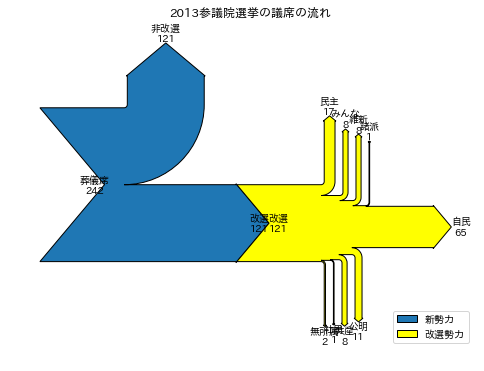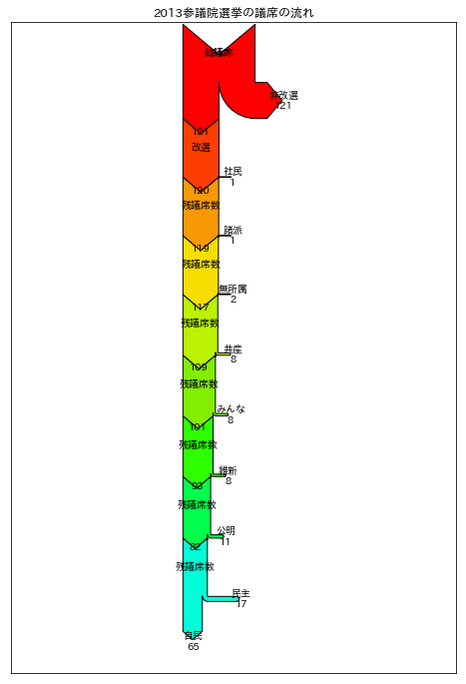Nouvelle-Aquitaine is a region in the southwest of France, with Bordeaux being its capital.
France, despite being a rather centralized, Paris-focused country relies on a decentralized approach for sustainable development, greenhouse gas (GHG) emissions reductions and energy saving. Thirteen so-called ‘regional energy agencies’ have been founded since 1995 engaging with regional actors and local communities. AREC (Agence Régionale d’Évaluation Environnement et Climat) is the environment and climate agency for the Nouvelle-Aquitaine region.
Many publications on energy and climate change are available on their website. Below is a Sankey diagram depicting the regional energy balance for Nouvelle-Aquitaine (Source: ‘Profil énergie et gaz à effet de serre en Nouvelle-Aquitaine – Année 2015 – Edition 2017’).
Flows are in GWh for 2015. Overall primary energy was 283.605 GWh, with 182.719 GWh final energy consumption. On the left side energy sources are split into imports (from outside Nouvelle-Aquitaine, 88%) and regionally produced energy, 12%). As is common in France, nuclear energy dominates the picture. On the right side we see the breakdown of energy consumption. The services sector (tertiary sector) is featured explicitly. It is responsible for 13% of Nouvelle-Aquitaine’s energy consumption, less than industry (19%) but more than agriculture (5%).
The Sankey diagram is very colorful and sports round icons. This goes well with the overall style of the report that targets explicitly at local communities and actors.

